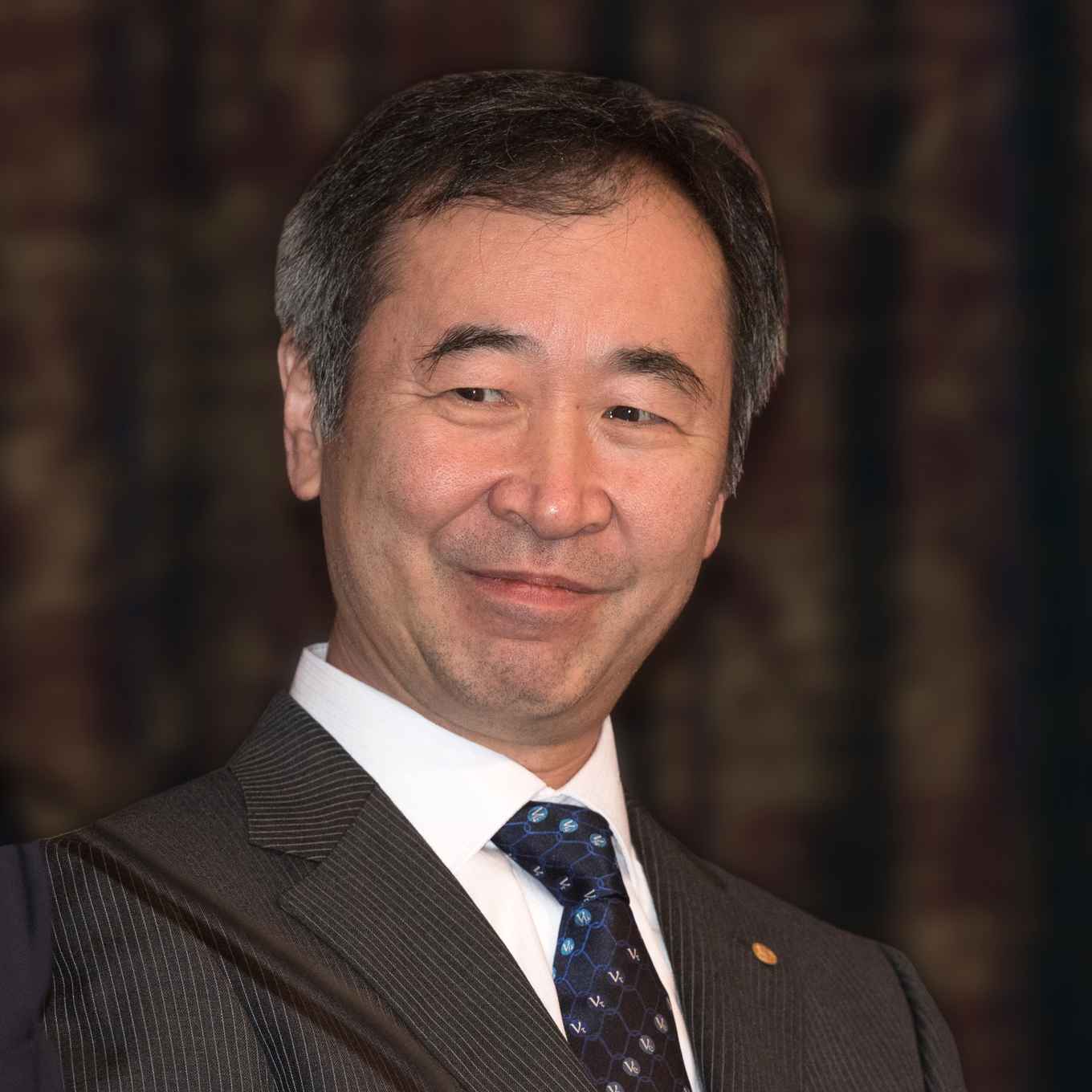Science Colloquium: a special lecture by Nobel Prize winner prof. Takaaki Kajita
26 October 2020

Professor Kajita is a particle physicist from Japan, who’s most famous experiment involved neutrinos. Neutrinos are one of the main components of all atoms. For a long time, they were thought to have no mass. His 1998 experiments at the Kamioka Observatory helped proved that they do indeed have mass. Nowadays the Kamioka Observatory not only explores neutrinos, but also gravitational waves. Prof. Kajita is, next to his work as a principle investigator at the observatory and professor at the University of Tokyo, director of the Japanese Institute for Cosmic Ray Research. On 1 October 2020, he was named president of the Science Council of Japan.
Abstract
The title of professor Kajita’s talk will be ‘Neutrino oscillations and small neutrino mass’. In it, he will explain the work that led him to winning the Nobel Prize. He has provided the following abstract:
Neutrinos have been assumed to have no mass. It was predicted that, if they have mass, they could change their type while they propagate. The phenomena are called neutrino oscillations. Neutrino oscillations were discovered by deep underground neutrino experiments. I will discuss the discovery of neutrino oscillations and the implications of the small neutrino mass. The status and the future neutrino oscillation studies will also be discussed briefly.
Date & time
This special Science Colloquium will take place on Tuesday, 3 November, from 12:00-13:00. It will be hosted by Shin’ichiro Ando, staff member at the UvA Institute of Physics. It is open for all staff and students; there is room for up to 300 participants. After professor Kajita’s talk, there will be room for questions.